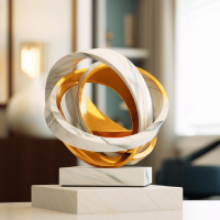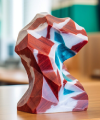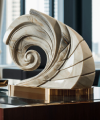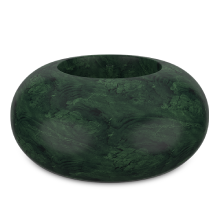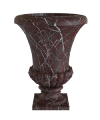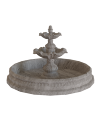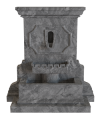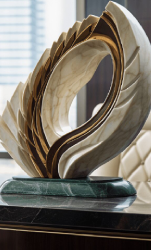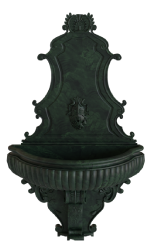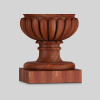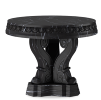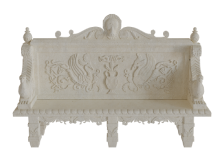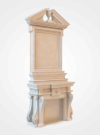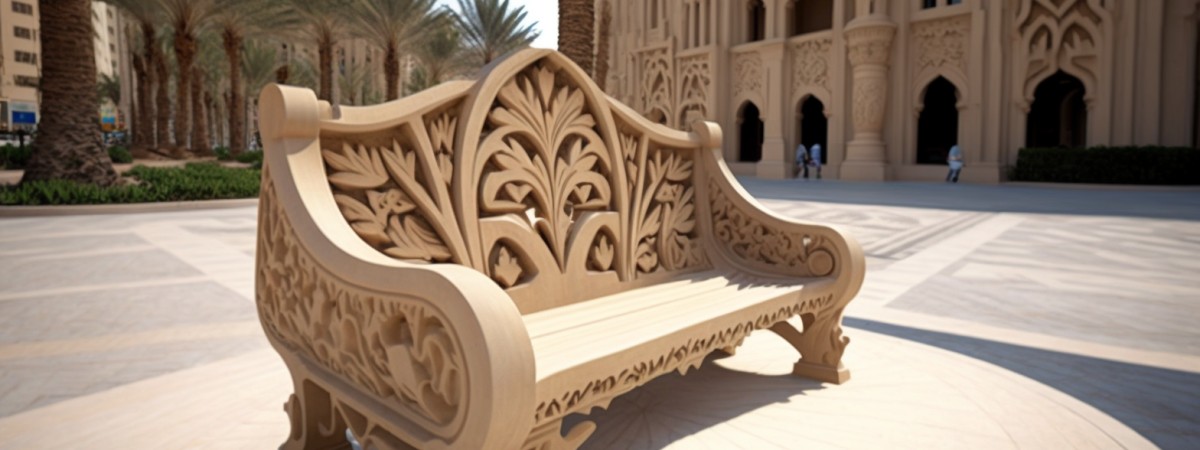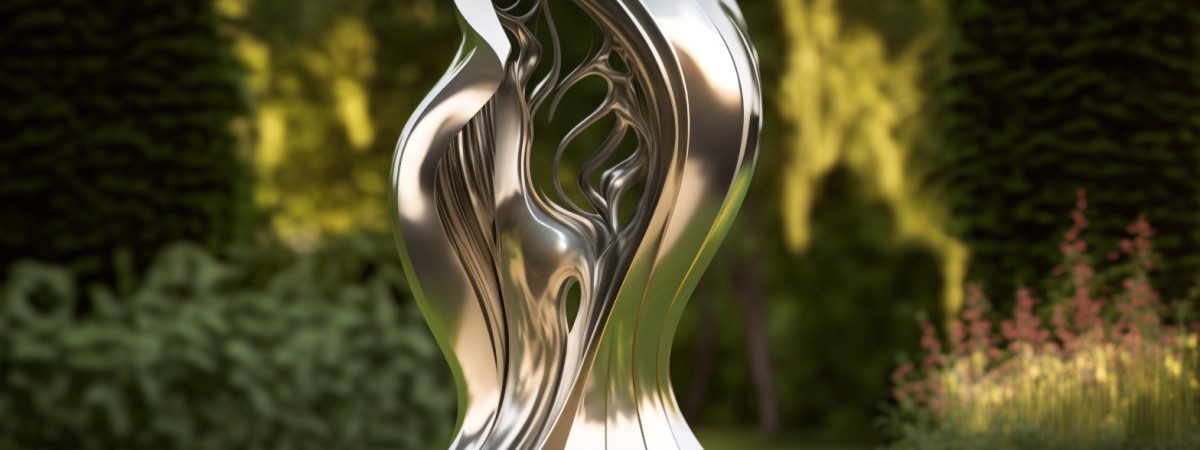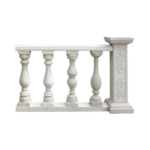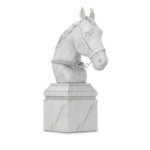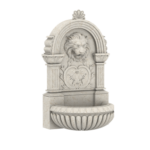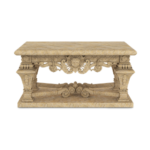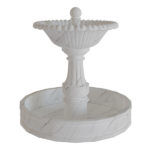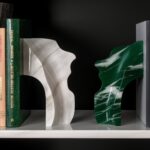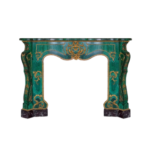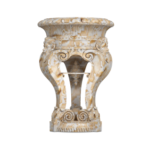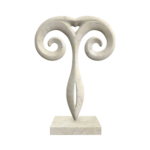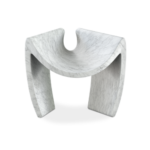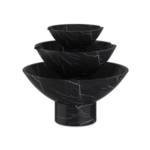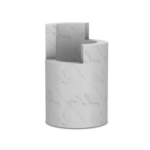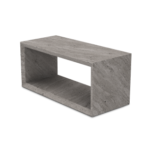July 3, 2023 Author: John Samuel
Zaha Hadid’s Approach to Designing Modern Sculptures for Public Spaces in Dubai
The world remembers Zaha Hadid, the renowned architect and designer revered for her pioneering and innovative approach to design. Her work was known for its dynamic forms and fluid structures and their flawless integration with the surrounding environment, which delineated her unique aesthetic. Hadid’s unique design style extended far beyond architectural structures into furniture, sculptures, and public spaces, thereby securing her stature among the most influential designers of the 21st century. Our discussion will delve into the intricacies of how Zaha Hadid would approach designing contemporary sculptures for the public spaces of Dubai, harmoniously blending her singular style with the city’s unique cultural and architectural influences.

Incorporating Fluid Forms
A distinguishing aspect of Zaha Hadid’s design philosophy was her penchant for designing fluid forms and shapes, invoking a spirit of dynamism and energy. Imagining her creation of contemporary sculptures for Dubai’s public spaces, her unique architectural style would undoubtedly be prominent. She would design dynamic, eye-catching sculptures that mesmerize passersby, employing fluid forms to infuse a sense of flow and motion in public spaces, amplifying the overall guest experience.

Integrating with the Surrounding Architecture
Dubai’s architectural panorama is a marvel of diversity, showcasing structures ranging from traditional to ultra-modern. When designing contemporary sculptures for the city’s shared spaces, Hadid would undoubtedly take inspiration from the surrounding architecture, creating sculptures that harmoniously coexist with their surroundings. This could involve choosing materials and colors that complement nearby structures or integrating similar design elements within the sculpture.

Incorporating Technology
A strong advocate for the innovative use of technology, Hadid’s design style heavily relied on its judicious integration. This philosophy would indubitably extend to her conception of contemporary sculptures for Dubai’s public spaces. Technological elements in these sculptures could foster an immersive, engaging guest experience, possibly through the incorporation of light or acoustic features that respond to visitor movements.

Playing with Scale
Hadid was lauded for her daring use of scale, cleverly juxtaposing proportions to engineer visually dynamic constructs. This daring stance on scale would certainly be reflected in her design of contemporary sculptures for Dubai’s public spaces, possibly resulting in larger-than-life sculptures that draw attention from afar. Such audacious-scale play would instill a sense of awe and wonder in public spaces, enriching the visitor experience.

Blending Cultural Influences
Dubai stands as a vibrant cultural mosaic, with its public spaces necessitating cognizance of its diverse cultural milieu. Hadid, while creating contemporary sculptures for the city’s public spaces, would invariably weave in the rich cultural tapestry of the city, fusing traditional elements with her signature style, thus birthing sculptures that are both modern and culturally congruent.

Creating a Sense of Place
Crafting a local narrative is essential when shaping public spaces in Dubai. Contemporary sculptures play a pivotal role in this, and Hadid would surely prioritize the crafting of a locality narrative, blending design features distinctive to the city and its cultural ethos.

Incorporating Sustainability
Sustainability sits at the forefront of contemporary design considerations, and Zaha Hadid would certainly prioritize this principle in her approach to creating contemporary sculptures for Dubai’s public spaces. This might involve the use of sustainable materials, the integration of green elements, or the creation of functional sculptures that provide shelter or shade for guests.

Embracing the Desert Landscape
Dubai is marked by its dominating desert landscape, a characteristic that Hadid would undoubtedly incorporate in her conception of contemporary sculptures for the city’s public spaces. This could involve integrating design elements reminiscent of the desert landscape, such as sand-hued materials or designs that echo the fluidity of sand dunes. Such an approach could result in sculptures that harmonize with Dubai’s unique environmental character, enhancing the overall visitor experience.

Creating Interactive Spaces
Interactive spaces are gaining popularity in public spaces, and Hadid would surely incorporate this trend when envisioning contemporary sculptures for Dubai’s public spaces. This might involve creating sculptures that offer an interactive element for visitors, such as those that respond to motion or those that offer seating areas for visitors to rest and admire the surrounding scenery.

Emphasizing Functionality
Functional integration within modern sculptures would be a key consideration for Hadid when conceptualizing sculptures for Dubai’s public spaces. This could involve creating sculptures that offer functional benefits like providing shade or shelter or incorporating elements that enhance the overall visitor experience, such as lighting or acoustic features.

In Conclusion, Zaha Hadid’s design approach for shaping modern sculptures for Dubai’s public spaces would likely underscore fluid forms, integration with the surrounding architecture, incorporating technology, playing with scale, blending cultural influences, creating a sense of place, incorporating sustainability, embracing the desert landscape, creating interactive spaces, and emphasizing functionality. Through this complex integration of design elements, Hadid would breathe life into sculptures that are visually captivating, culturally reverent, and inherently harmonious with Dubai’s unique environmental narrative.
